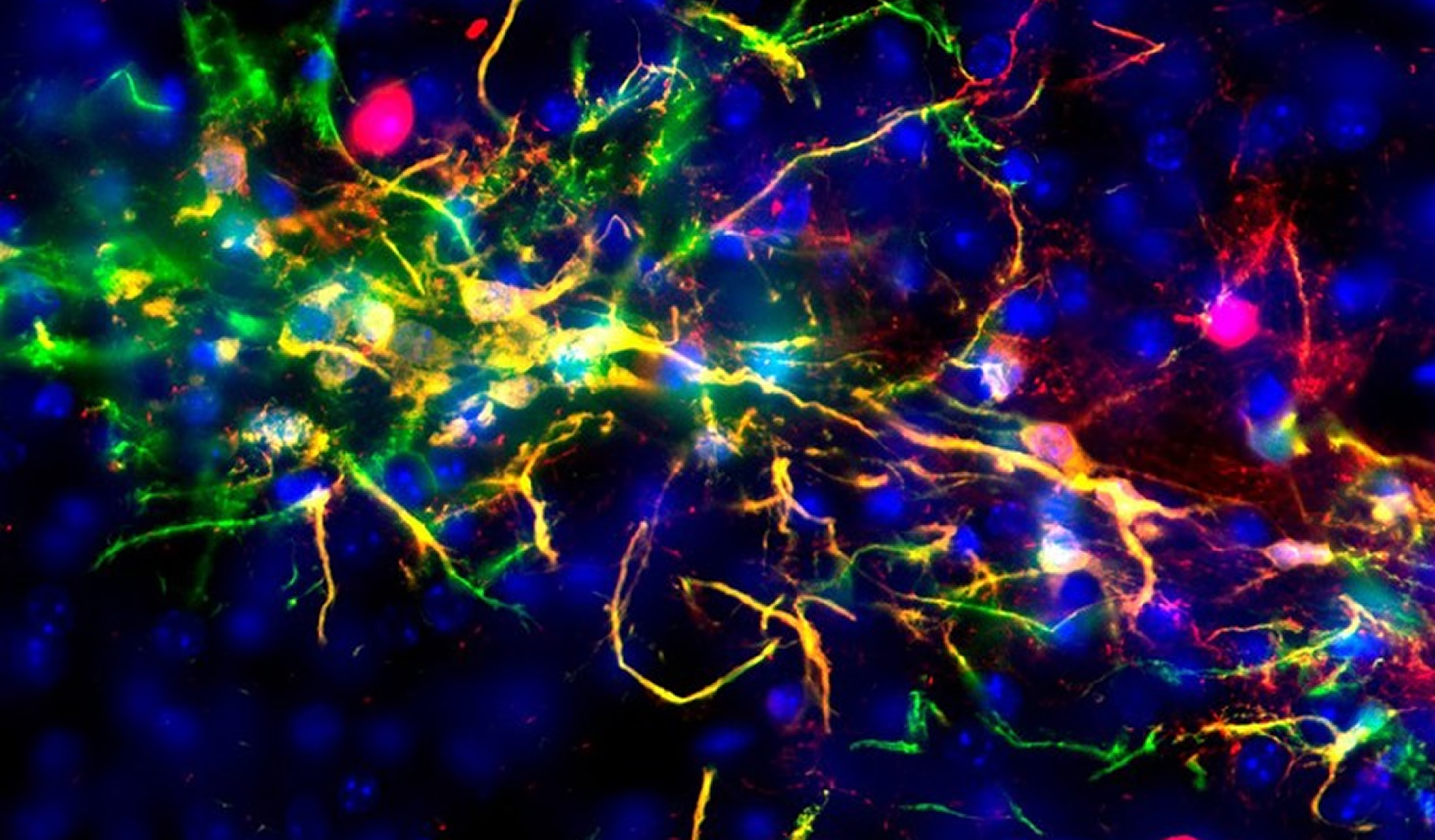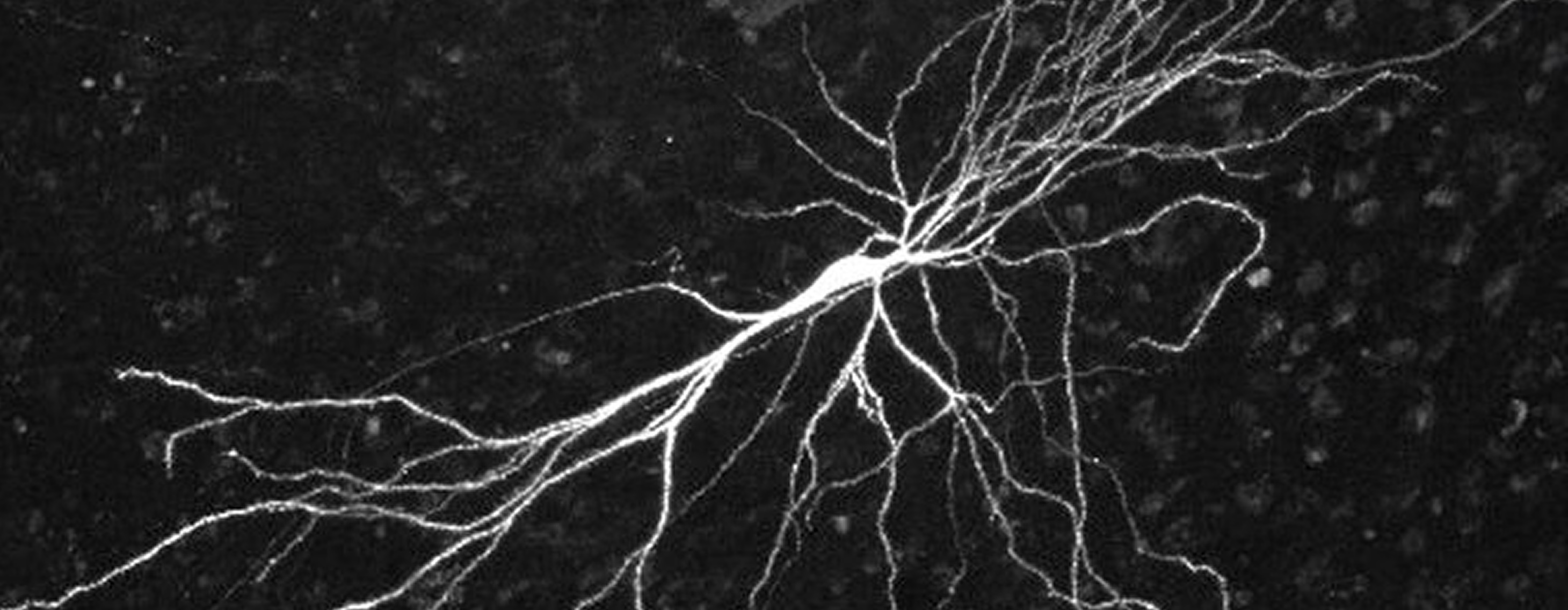The Nature of
Genius
An interdisciplinary analysis of the neurobiological and evolutionary mechanisms behind the development of exceptional cognitive abilities.
Neuronal Architecture of the Brain: The Path to Perfection
Network Model and Global Connectivity of the Brain
Contemporary neurobiology emphasizes the network model of brain function. Current scientific understanding posits that creativity, logic, and analysis are not confined to specific areas of the brain; rather, they emerge as global functions resulting from the interactions among multiple regions and networks (Bassett et al., 2017). Each brain function, from solving mathematical equations to writing poetry, is the result of the coordinated efforts of the entire neural network.
The brain does not function as a mere sum of separate, independent parts. It operates as a unified, integrative, and dynamic system—where the autonomy of individual modules is balanced by their global coordination, and each structure plays a distinct role in creating a harmonious whole. It is this finely tuned interplay that determines the overall efficiency of the brain’s functioning.
Research indicates that individual differences in intelligence are not localized to a few restricted brain areas but rather reside in the communication mechanisms that encompass the entire brain. Communication between brain regions, or functional brain connectivity, plays a crucial role in shaping intelligence.
Thus, intelligence and cognitive functions arise from the global interaction of neural networks rather than the isolated activity of individual regions. Just as a symphony cannot exist without tuning its instruments, the brain cannot function without the coordination of all its parts.
The brain is a remarkable, synchronously operating network shaped by millions of years of evolution and interaction with the world. Today, we understand that its true power lies in its connections—not in isolated “regions.”
It is precisely the unique pattern of neuronal connections—a kind of "individual neural signature" for each person's brain—that serves as the key to understanding the phenomenon of genius. Exceptional abilities arise from the distinctive architecture of connections throughout the entire neural network.
NEURONAL ARCHITECTURE OF THE BRAIN
How Genes Shape the Unique "Map"
The neuronal architecture of the brain is a complex system of structural and functional connections between billions of neurons, which form networks for processing information and serve as the foundation for all cognitive processes.
Each individual's uniqueness lies in the fact that their neuronal architecture is as distinctive as the patterns on tree leaves. The question remains: How is it formed, and what determines its complexity?
Genetic Foundation
The formation of the foundations of future neural networks begins at the early stages of intrauterine development: embryonic stem cells differentiate into neural stem cells, which give rise to the first neurons. These neurons, following a genetic program and environmental cues, migrate, mature, and gradually form connections.
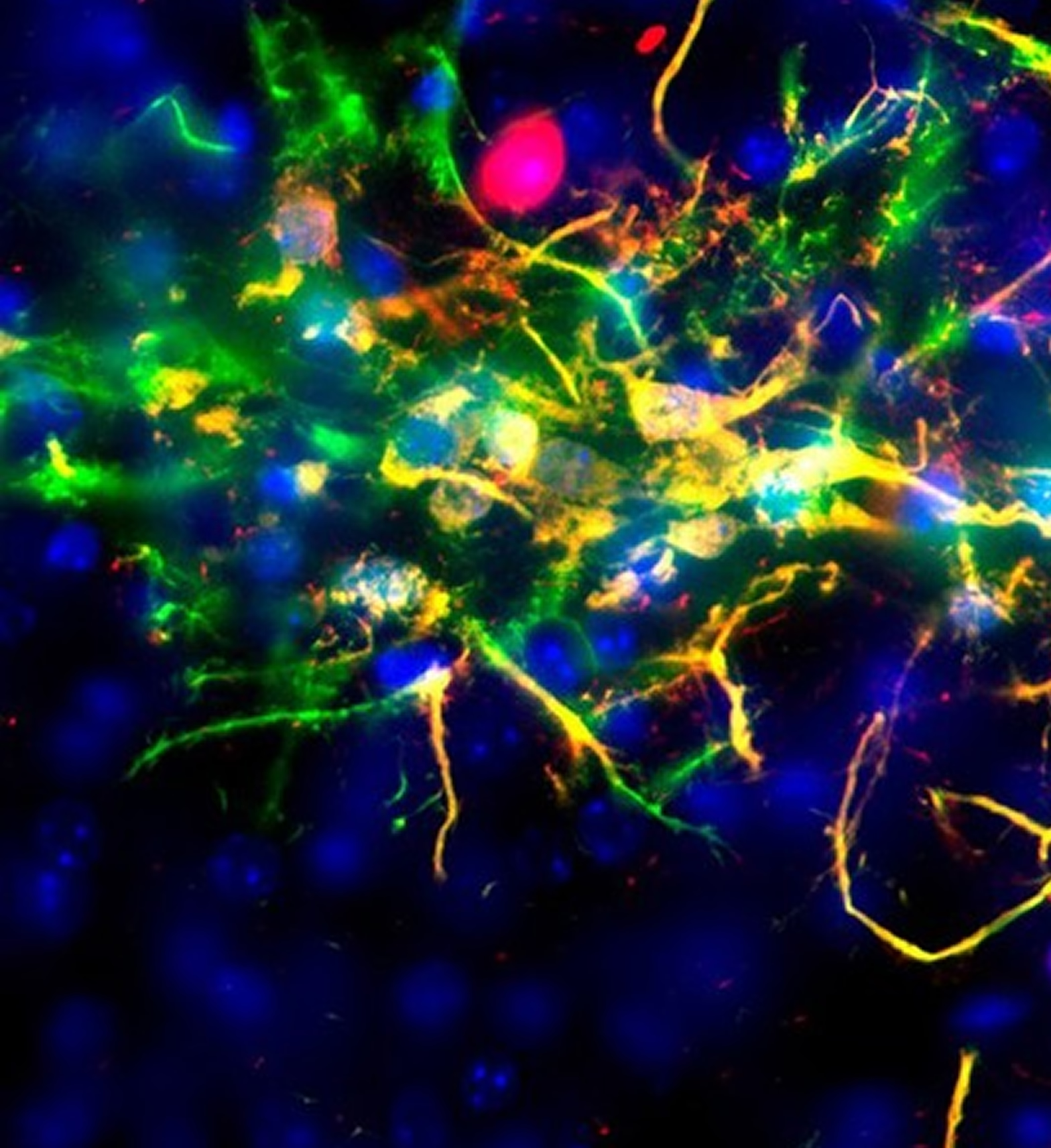
However, there is a paradox: the complete map of neural connections (the connectome) is too vast to fit within DNA. For instance, storing the connectome of a mouse requires 10 terabytes of data, while its genome contains only about one gigabyte of information.
Scientists have spent decades attempting to understand how a brain composed of billions of neurons establishes trillions of precise connections when the genetic code is too small to store such a map.
An Elegant Solution from Nature
Modern research has shown that DNA does not encode the map of neural connections itself, but rather the algorithm for its formation—a simple set of rules that axons (neuronal processes) use to find their "target," the destination they need to reach (Kerstjens et al., 2022).
Genes do not store the map of neural architecture; they provide the algorithm.
How It Works
- Neurons form families. When brain cells divide, they create “familial branches,” similar to a family tree. Neurons from the same branch share common origin and are located in specific areas of the brain.
- Axons seek their “relatives.” Neurons extend their axons not toward random cells but toward neurons that originate from similar division lineages. Each axon “reads” molecular markers along its path to determine the direction of growth. Their task is to find neurons from neighboring “branches” of the same “generation.”
- A precise route without a map. An axon traverses molecular markers, adjusting its path at each stage. When it encounters a marker that closely resembles its own, it “understands” that it has reached the target neuron and forms a synaptic connection.

Just as you would navigate a city by following directions—“turn left at the blue house, then right at the fountain”—an axon reaches its target neuron by adhering to the algorithm at work.
Functional Significance
The result of this process is the development of a complex neuronal architecture that encompasses the anatomical organization of distinct brain regions and the functional systems that facilitate the brain’s operations. These systems range from basic sensorimotor networks to higher-order global networks such as the default mode network (DMN), the salience network (SN), and the central executive network (CEN), among others. These networks play pivotal roles in sustaining cognitive and behavioral functions.
Thus, neuronal architecture is not constructed randomly; rather, it is determined by a genetically encoded algorithm that governs axonal growth.
Neuronal Code and the Limits of Neuroplasticity
While the genetic program establishes the foundational organization of neural architecture, each individual's unique pattern of connections is also shaped by the external environment, experiences, and learning. This process occurs through neuroplasticity—the brain's ability to create new neural connections, modify the strength of existing ones, and adjust the efficiency of signal transmission (for example, by changing the degree of myelination of the axons).
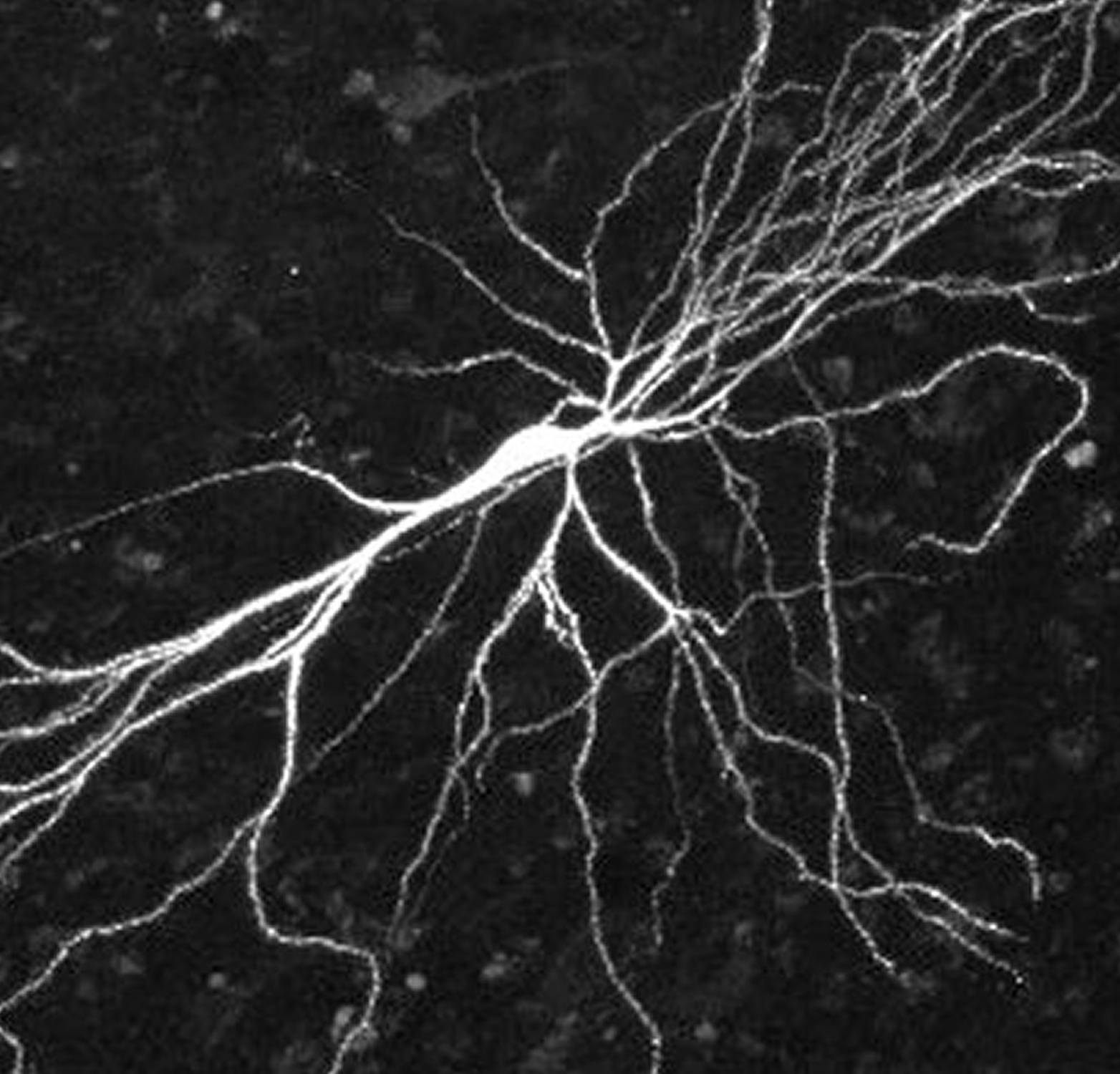
However, it’s crucial to understand that neuroplasticity operates within genetically predetermined boundaries. Neurons can extend axon terminals (axon endings that form synapses), establish new connections, and modify existing pathways. But they cannot radically reconstruct the brain’s original architecture. All of these changes occur within the limits set by evolution.
Figuratively speaking, if we imagine the brain as a city, genes define its core architecture—the layout of neighborhoods and main highways—while experience builds the living infrastructure. It carves out new walking paths, regulates traffic flow, and creates efficient interchanges between frequently used routes.
Genius as a Reflection of Unique Neural Architecture
Years of research into the nature of genius conducted by the research team at the Dark Matter Association have led to a key conclusion: the roots of genius can be traced to the unique neural architecture of the brain, which is formed according to a genetically encoded algorithm. The research findings indicate that the neural patterns associated with genius potential are primarily determined by hereditary factors.
Where exactly does genius “hide”? Why does it emerge in so few individuals, and so rarely—often spontaneously and unpredictably? What mechanisms suppress or block its expression? And most importantly: where can we find the keys to unlocking it?
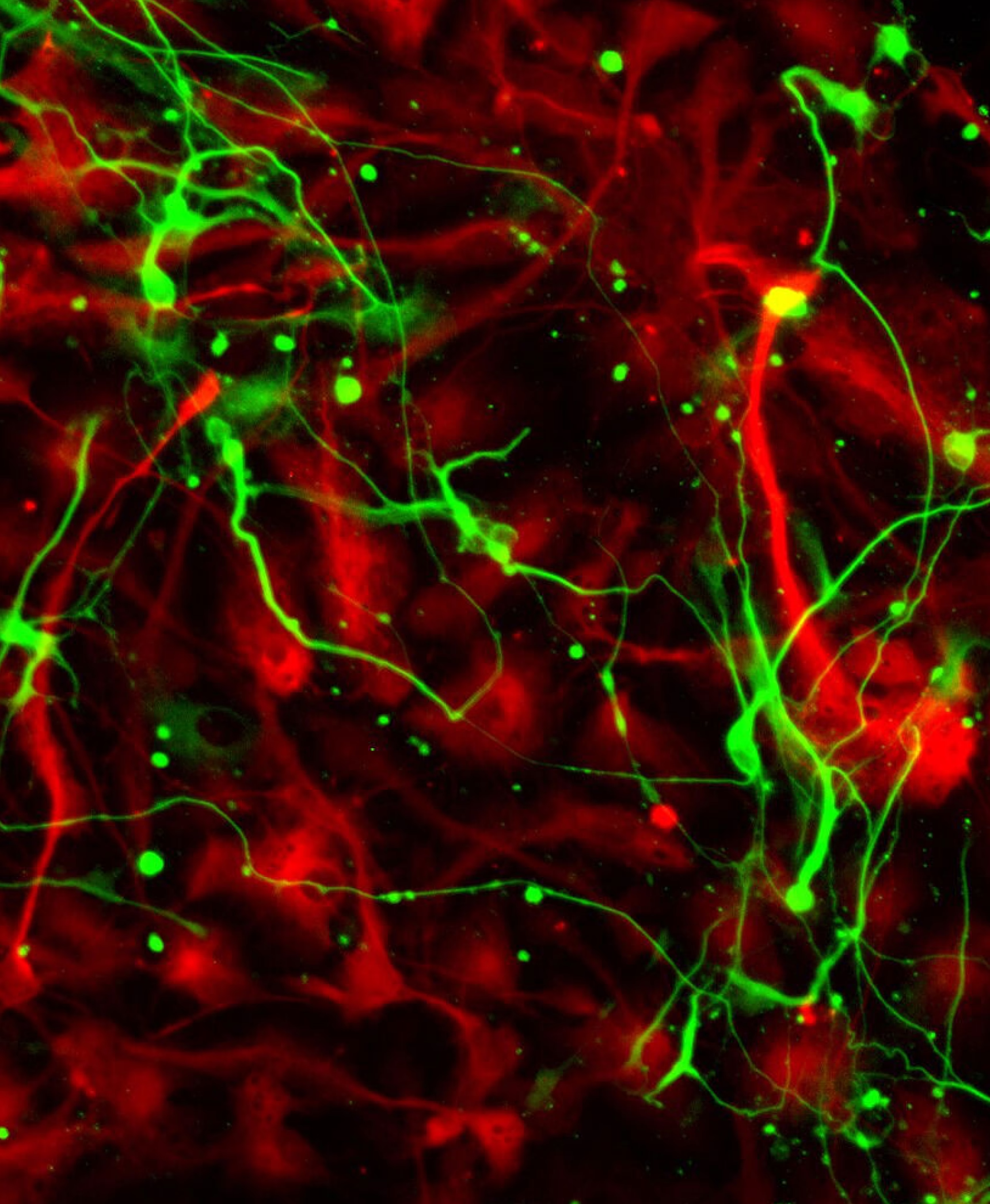
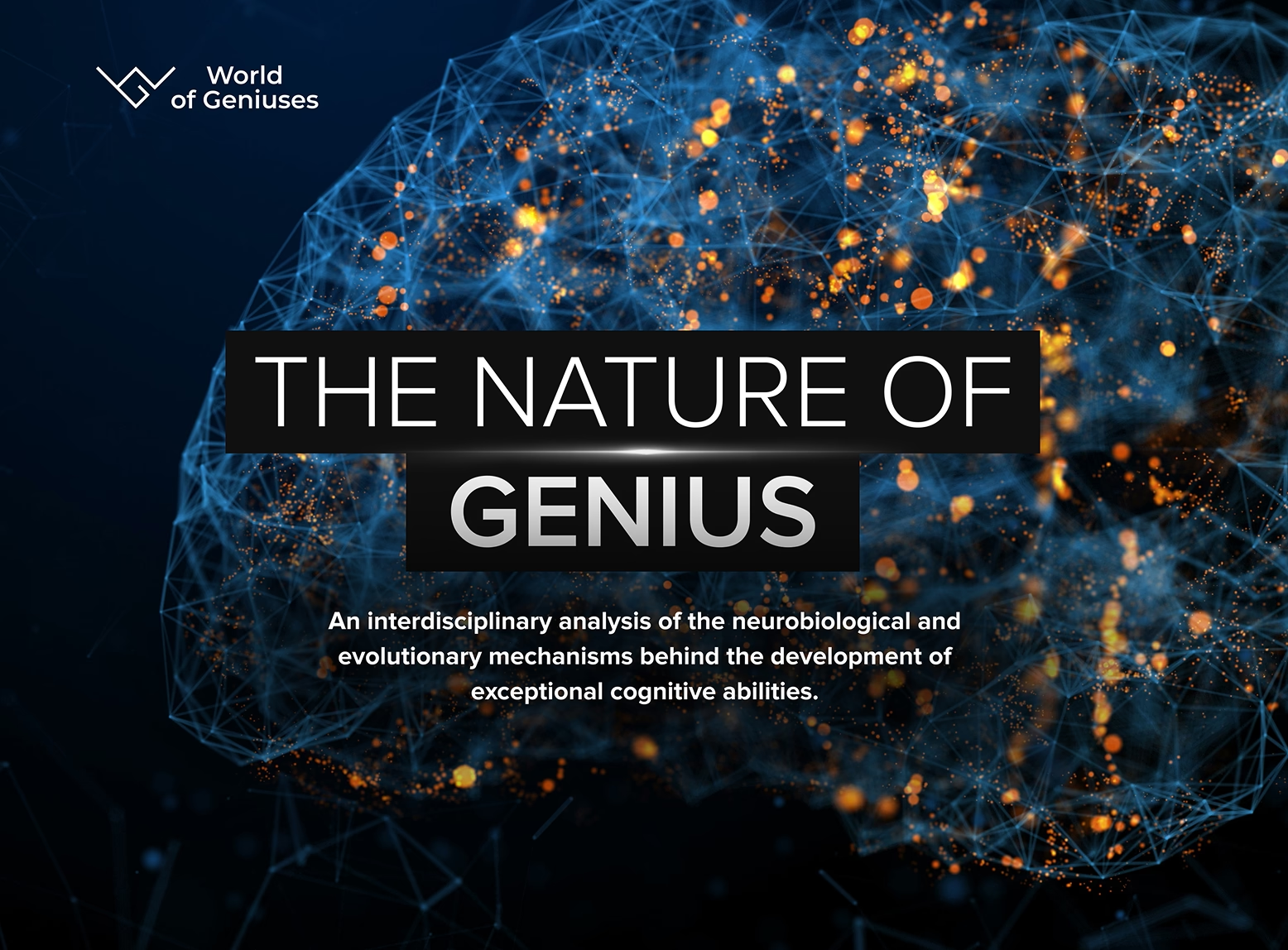
the Nature of Genius.
White Paper
An interdisciplinary analysis of the neurobiological and evolutionary mechanisms behind the development of exceptional cognitive abilities.

 Genius
Genius